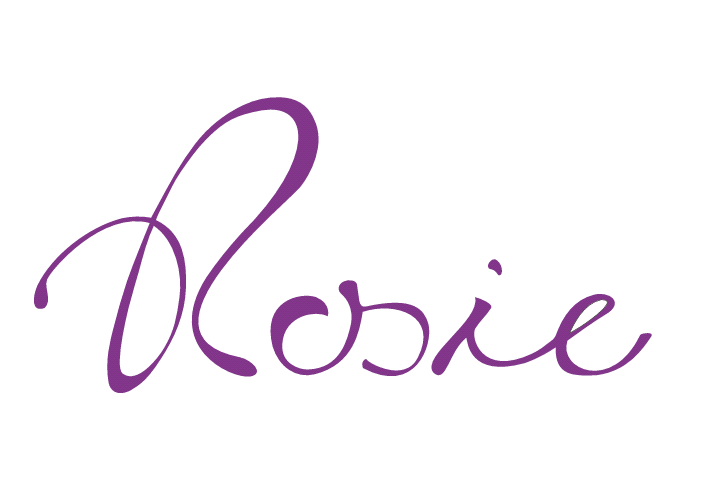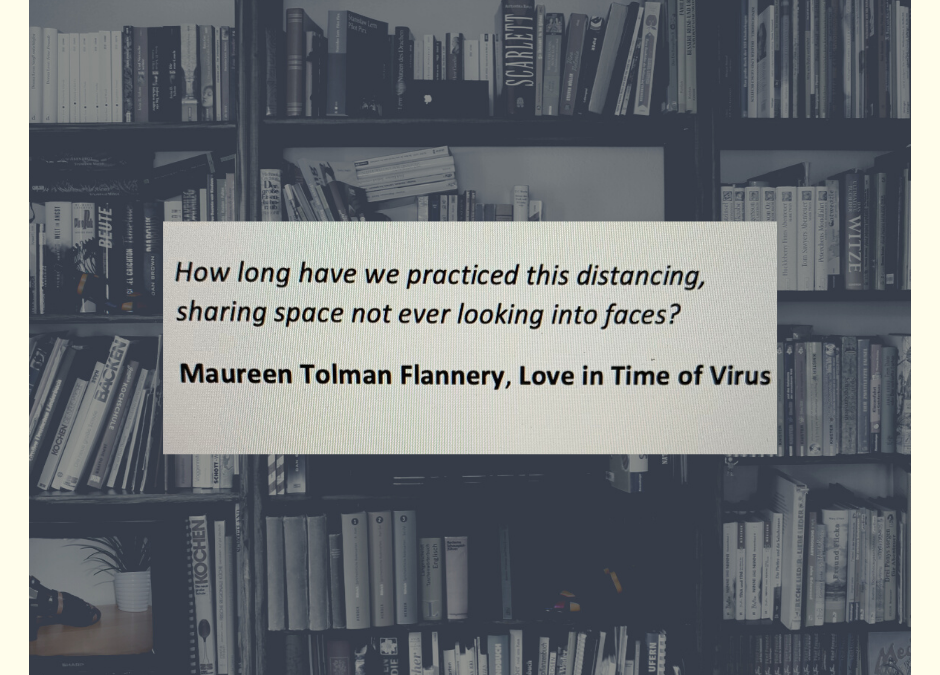Using just a few words, a poet can shift how we sense ourselves, and tune us to something we’ve never heard before.
Author and activist Parker J. Palmer refers to good poetry as a ‘third thing’.
It brings a presence that has a voice of its own. This voice is not the voice of the poet, nor is it the voice of the reader – but a third voice.
In the physical world, the beautiful tones of harmonics emerge and resonate when vibration enters and interacts with the unique shape of a resonance chamber. In a like kind of way in the emotional world, a third voice emerges when the poet’s words enter and interact with the unique and shifting shape of our inner-selves, and with the thoughts and experiences that have formed them.
The third thing resounds in the connection of the poet’s words with the inner self. It is singular and deeply bespoke. The very same words entering the uniquely configured You, will create harmonics different to those that reverberate in me. If we listen carefully to the symphonics of the third voice, they can reveal elements of our inner self that we might not have consciously known. They can reflect our inner self with tones just present enough to make us aware, and just gentle enough not to injure.
That’s how art can be, right? Poetry… or any other form?
Art opens reflective spaces that can help us understand ourselves and our beautiful, complex world.
A flood of poetry was released into the world in 2020. It was emerging and moving around the globe faster than the Coronavirus itself.
Sensing the moments filled with fear and confusion, poets pulled words down from the air, up from their depths, and in from the landscapes of their hearts and minds and visions. As words vibrated within them, poets lined them up in new ways and then released them. To soothe themselves and us – to transform fear to hope, and confusion to steadiness.
Some lines captured my attention during the intensity of the time. I shared them with friends. Even through the phone lines and zoom screens, they were like cream in coffee – softening the edges of the sharpness.
They told of things lost, things neglected.
“How long have we practiced this distancing,
sharing space not ever looking into faces?” wrote Maureen Tolman Flannery in Love in Time of Virus.
They held pain; they asked us to appraise, and to be honest.
“This I meant to say
that we had to stop.
We knew it. We all felt it.
That it was too furious
our doing. Our being with things.
All of us outwards.
Agitating every hour – to make it yield.
We had to stop
and we could not.
Should have done it together.
Slowing the race.
But we could not” realised Italian poet Mariangela Gualtieri writing from amid the early and frightening coronavirus escalation in that country, in This I Meant To Say.
They adjusted our frames and pointed at hope.
“What if you thought of it
as the Jews consider the Sabbath—
the most sacred of times?” offered Lyn Ungar in Pandemic.
They put in the spade to turn the first clods for the new structures we could build.
“They say that in Wuhan after so many years of noise
You can hear the birds again…
Wake to the choices you make as to how to live now.
Today, breathe.
Listen, behind the factory noises of your panic
the birds are singing again
the sky is clearing,
Spring is coming,
and we are always encompassed by Love” encouraged Richard Hendrick in Lockdown.
More poetry and art will emerge in the current time of aftermath of the initial intensity. We need our artists. Thank you, artists.
And thank you to our experts. They tell us that the aftermath is a time our alertness to the mental wellbeing of our communities needs even more vigilance. They tell us that their research and experience show that fragility and instability in our inner selves are likely to continue as an underground crisis for some time to come. The quiet duress of loneliness, of loss of confidence and sense of worth, of panic. We need their voices.
I hope we remain vigilant. And tender. I hope we do not find ourselves at risk of growing a little numb to the messages of the experts. Or numb to the messages of the poets and artists.
I’m glad the artists and experts continue their thing.
It’s a good team.
This article was originally published in The Hobart Mercury in October 2020.

